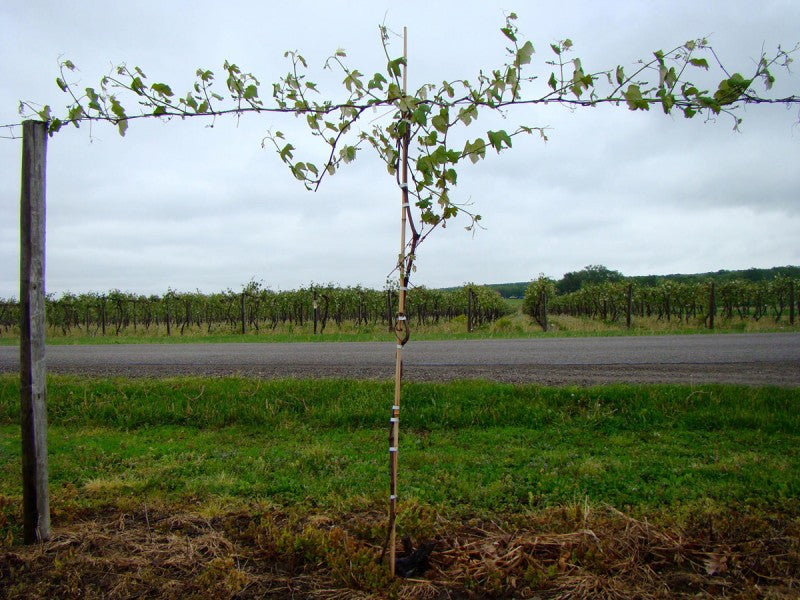Rick Dunst, Viticulturist, Double A Vineyards, Inc. Now that harvest is over and winter is approaching, the staff at Double A Vineyards is starting to get a lot of phone calls and e-mails from our customers asking for assistance in selecting appropriate varieties to grow on their sites. While many of our customers know exactly what they want, others are just getting started at growing grapes ...
Read More










